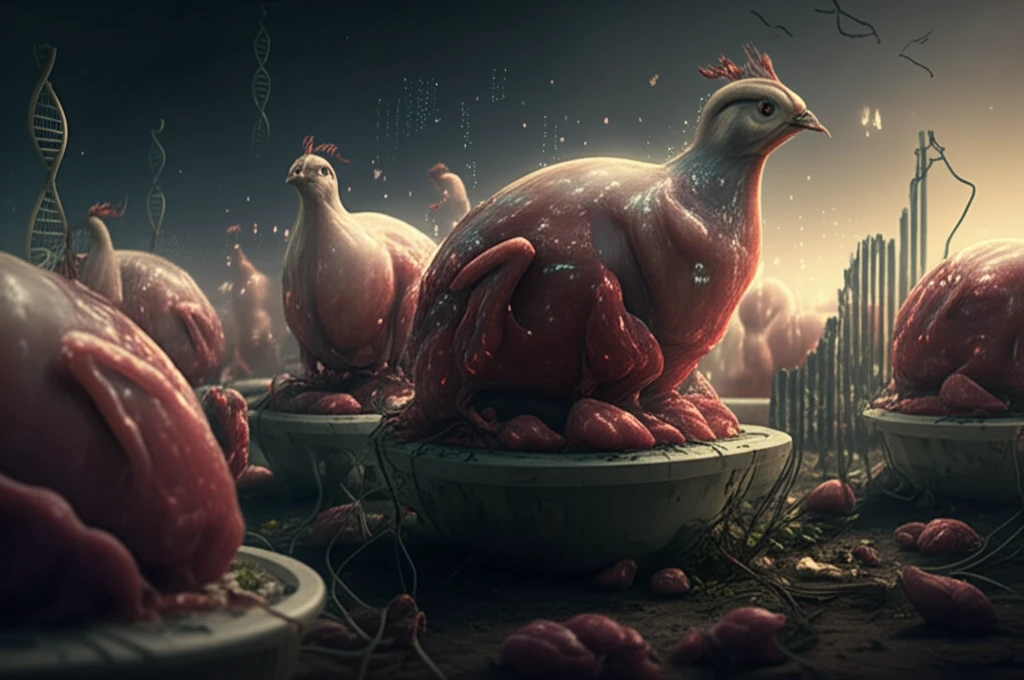
Unlocking Growth: How Quail Farming Can Optimize Meat Production
"A deep dive into using advanced modeling techniques to revolutionize quail meat yield and genetic selection"
For decades, farmers and agricultural scientists have sought innovative methods to enhance meat production efficiency. Accurately predicting and optimizing animal growth is pivotal in this endeavor. Growth curves, which graphically represent an animal's growth trajectory over time, serve as invaluable tools. These curves, defined by a few biologically interpretable parameters, facilitate the comparison of individuals or entire populations for critical traits such as growth rate, maturation rate, and mature size.
Traditionally, nonlinear models have been employed to correlate weight and age data, proving adept at describing growth patterns across various animal species. In poultry farming, the Gompertz, Logistic, and von Bertalanffy models are widely used due to their precision and relative simplicity. These models help farmers and scientists understand the interplay between various growth parameters, facilitating more informed breeding and management decisions.
However, the traditional methods for estimating genetic parameters of growth curves often involve a two-step process. This approach can lead to inaccuracies as it fails to account for the errors from the initial parameter estimation when assessing (co)variance components and predicting genetic values. Addressing these limitations requires more advanced analytical tools. This is where Bayesian hierarchical models come into play, offering a more integrated and precise method for optimizing meat production.
Bayesian Hierarchical Models: A New Approach to Quail Farming

A recent study investigated the use of Bayesian hierarchical models to compare different nonlinear functions for describing the growth curve of European quails. This innovative approach allowed for the estimation of growth curve parameters, (co)variance components, and the genetic and systematic factors influencing the curve, all within a unified framework. The key advantage of this model lies in its ability to perform joint estimation, enhancing accuracy and reliability.
- Deviance Information Criterion (DIC)
- Mean Square Error (MSE)
- Gelfand's check function (E(g|y-r))
Optimizing Quail Growth: Implications for Future Farming
This research underscores the potential of Bayesian hierarchical models to revolutionize quail farming. By providing a more accurate and nuanced understanding of growth dynamics and genetic parameters, farmers can make better-informed breeding and management decisions. This, in turn, leads to enhanced meat production efficiency and improved profitability. As the demand for sustainable and efficient farming practices grows, methodologies like these will play an increasingly crucial role in shaping the future of agriculture.
